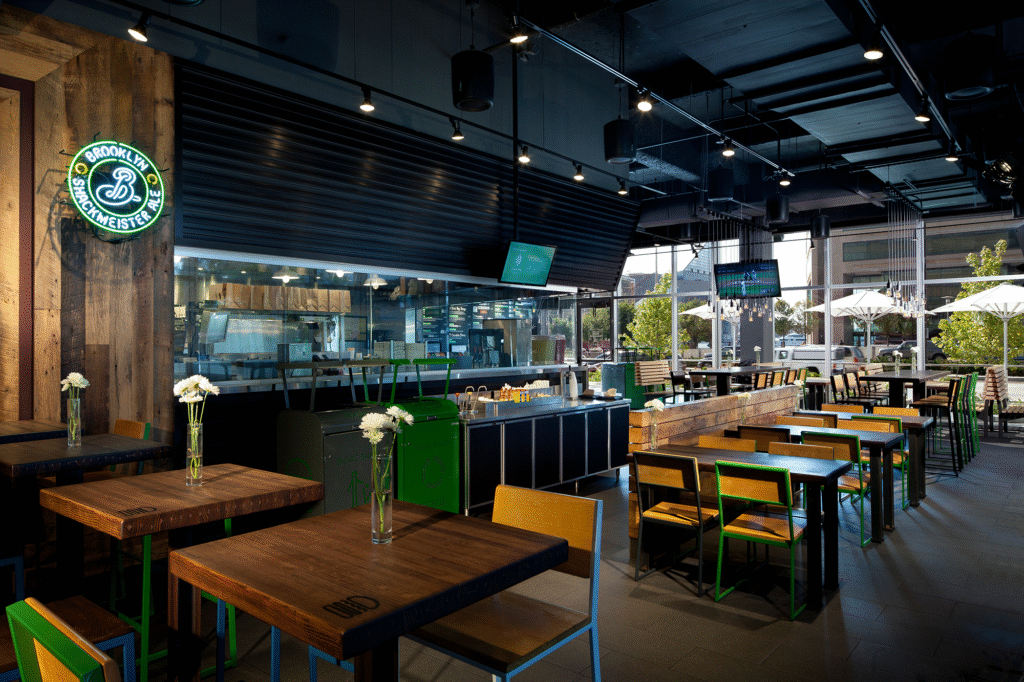
From Food Cart to Global Burger Brand
Shake Shack began in 2001 as a simple hot dog cart in New York City’s Madison Square Park. Within just a few years, its fresh approach to burgers, shakes, and community-driven hospitality captured massive public attention. By 2004, the brand opened its first permanent kiosk in the park, setting the stage for rapid growth.
Today, Shake Shack is an internationally recognized burger franchise with hundreds of locations worldwide. Its success has come not just from brand appeal, but from strategically optimizing franchise performance through smart operations, innovative practices, and customer engagement.
The Challenge

Like many fast-growing burger concepts, Shake Shack faced three key challenges:
- Maintaining Brand Consistency across domestic and international units.
- Balancing Profitability while offering premium ingredients at affordable prices.
- Scaling Operations without losing the unique community feel that defined the brand.
The Strategies for Success
- Operational Excellence
Shake Shack invested heavily in franchisee training and operational manuals to ensure consistency in food preparation, customer service, and store design. Each location, from New York to Dubai, follows a standardized process, while still allowing for small local menu adaptations. - Menu Innovation
Seasonal items and regional exclusives keep customers engaged. For example, truffle burgers in Europe and exclusive chicken options in Asia drive repeat visits while maintaining the brand’s premium positioning. - Technology Integration
Digital ordering kiosks, mobile apps, and third-party delivery integrations streamlined operations, reduced wait times, and boosted average order values. This not only improved profitability but also aligned Shake Shack with modern consumer behavior. - Data-Driven Decisions
The brand used customer data to optimize menu design, staffing, and inventory. This allowed franchisees to reduce waste, lower labor inefficiencies, and tailor promotions to maximize sales. - Customer Engagement
Shake Shack built a culture of transparency and hospitality. Open kitchens, sustainable sourcing, and strong social media presence created trust and loyalty.
The Results
- Consistent Global Growth: Shake Shack expanded to over 400 locations worldwide by 2025, including major markets like the UK, South Korea, Japan, and the Middle East.
- Improved Profitability: Technology and menu optimization helped franchisees maintain strong margins despite rising ingredient costs.
- Stronger Brand Equity: Shake Shack became known as a premium yet approachable burger chain, often ranked among the top in customer satisfaction.
Key Lessons for Franchise Investors
| Strategy | Lesson for Franchisees |
|---|---|
| Operational Discipline | Standardize processes while allowing smart local adaptations. |
| Menu Innovation | Seasonal and regional items keep the brand relevant. |
| Embrace Technology | Digital ordering and delivery drive both sales and efficiency. |
| Data-Driven Growth | Use analytics to control costs and optimize sales. |
| Customer Engagement | A loyal community is more valuable than expensive advertising. |
The Bottom Line
Shake Shack demonstrates how a burger franchise can optimize performance by blending operational rigor, customer engagement, and innovation. By focusing on both efficiency and experience, the brand achieved rapid yet sustainable global growth.
How BurgerFranchiseMaster.com Helps You
At BurgerFranchiseMaster.com, powered by Star Brands Consulting Group, we guide franchisees and investors in applying these same proven strategies to their own burger businesses.
We provide:
- Operational Playbooks tailored to your franchise.
- Menu and Marketing Optimization to maximize sales.
- Technology Integration Guidance for POS, delivery, and digital ordering.
- Data and Analytics Support to keep profitability on track.
- Expansion Strategy Consulting for local and international markets.
If Shake Shack’s journey proves anything, it’s this: franchise performance isn’t luck—it’s strategy.

Leave a Reply